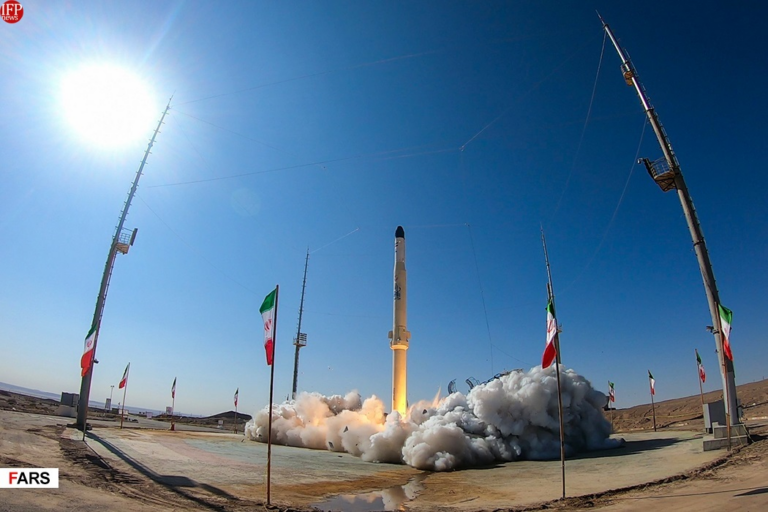ISRO Reports Loss of India’s EOS-09 Satellite Due to Third Stage Launch Anomaly
India’s ambitious mission to launch the EOS-09 Earth observation satellite faced a significant setback on Sunday, as the Indian Space Research Organization (ISRO) reported a critical anomaly during the third stage of its trusted Polar Satellite Launch Vehicle (PSLV-C61). This event highlights the challenges faced by space agencies in achieving reliable satellite deployments.
The PSLV-C61 rocket lifted off from the Satish Dhawan Space Centre in Sriharikota, Andhra Pradesh, after a meticulous 22-hour countdown that commenced on Saturday morning. During the launch sequence, the vehicle performed as expected through the second stage, but unfortunately, a problem was detected during the third stage, leading to the mission’s failure. ISRO addressed the situation in a statement on the social media platform X, stating, “Today 101st launch was attempted, PSLV-C61 performance was normal till 2nd stage. Due to an observation in 3rd stage, the mission could not be accomplished.”
The EOS-09 satellite was a crucial part of India’s Earth Observation Satellite series, serving as the ninth mission in this significant program. The satellite weighed 3,735 pounds (1,694 kilograms) and was equipped with advanced synthetic aperture radar (SAR) technology. This technology was designed to facilitate all-weather, day-and-night imaging of the Earth, which is essential for various applications, including security and surveillance, especially given the ongoing tensions along India’s borders with China and Pakistan.
Had the launch been successful, the EOS-09 satellite would have separated from the PSLV’s upper stage approximately 18 minutes after liftoff, achieving an altitude of 332 miles (535 kilometers). This mission was anticipated to provide critical intelligence that could enhance India’s capabilities in monitoring its borders.
This setback represents only the third failure in the PSLV’s 32-year history, a remarkable achievement considering the frequency of launches. The PSLV, which stands at 146 feet (44.5 meters) tall, was operating in its “XL” configuration, which incorporates six strap-on solid rocket boosters to enhance its payload capacity.
Since its introduction in the 1990s, the PSLV has earned a reputation as ISRO’s most reliable launch vehicle, with only two previous failures recorded prior to this attempt. The EOS-09 mission was the second orbital endeavor for India this year, following the successful launch of the NVS-02 navigation satellite in January via a Geosynchronous Satellite Launch Vehicle (GSLV).
Despite the current failure, ISRO remains committed to advancing its capabilities in satellite launches and Earth observation. The organization is known for its resilience and has a history of learning from challenges to enhance future missions. Moving forward, ISRO is expected to analyze the data from this launch attempt to ensure that similar issues are addressed in upcoming missions.
Here are some key points regarding the EOS-09 mission:
- Launch Vehicle: PSLV-C61
- Launch Site: Satish Dhawan Space Centre, Sriharikota, Andhra Pradesh
- Payload: EOS-09 satellite weighing 3,735 pounds (1,694 kilograms)
- Technology: Equipped with synthetic aperture radar (SAR) for all-weather Earth imaging
- Separation Timing: Expected to separate approximately 18 minutes post-liftoff at 332 miles (535 kilometers)
- Launch History: Third failure in PSLV’s 32-year history
As India continues its journey in space exploration, the EOS-09 mission serves as a reminder of the complexities involved in satellite launches. The country’s commitment to enhancing its Earth observation capabilities remains steadfast, and ISRO is expected to bounce back from this setback, learning valuable lessons for future missions.






